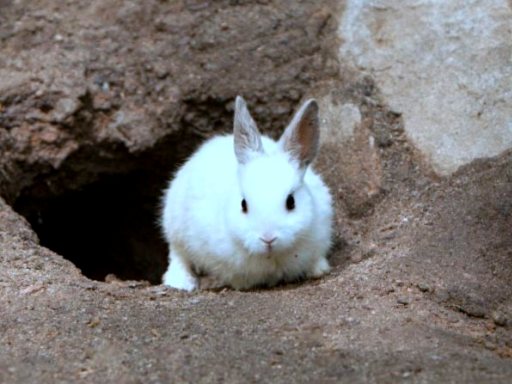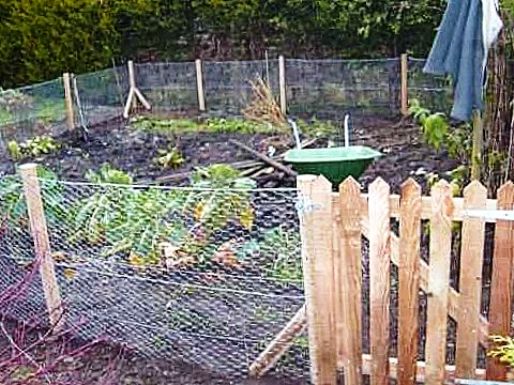How to keep rabbits out of your yard
Rabbits can be a tasking pest to get rid of, and the main reason for this is that they aren’t usually even thought of as pests! They’re portrayed as cute animals and are often pets, but the damage they can create to unsuspecting people’s yards can be a headache to sort out. The likelihood is, you’ve just found out that you have some wreaking havoc, and that’s why you’re here, but even if not, here’s a few useful tips to help you keep these hopping harassers out of your yard.









Firstly, as is useful with any pesky wildlife out there, is to install some good fencing around the perimeter of your gardens or any area you want to protect. A great choice for rabbits, and other animals that size, is ½ – 1-inch mesh, or ‘chicken wire’. Assure that the fencing is about 2 feet high, as that’s the height at which rabbits are dissuaded from attempting to get over it. On top of this, it’s important that you install the mesh extending at least 6 inches below the ground surface, or be pinned down into the ground securely, keeping the bottom edge tight. That way, the rabbit will give up trying to burrow under it. If you have a seasonal garden, electric fencing can be considered, but it isn’t necessary.
Rabbits can begin to destroy small shrubbery and new trees, so if your new plants are under attack, you can use ¼ – ½ inch mesh poultry netting to create cylinders around the plant life. Again, the fencing should ideally be buried to prevent burrowing, and at least 2-4 inches greater than the diameter of the plant, so rabbits can’t reach in by pushing the mesh.



This will in turn remove the rabbit’s incentive to stick around in your garden for food, so they will be dissuaded from staying in your garden. Another great tip is to attempt to modify their habitat. If you find a space that you believe to be the rabbit’s nesting space, you can try removing or blocking off the area.
You can attempt to remove their nesting options by removing or closing off the shrubbery. Remove as much clutter from your garden, like old log piles, leaf piles, or low-hanging branches to remove future nesting options for the rabbits. You can also seal off any open spaces in building foundations for safety against potential burrowing spots.
The fight against rabbits in your yard can be an ongoing and frustrating one, but one that can be worth it for your plants if done well. Rabbits reproduce quickly, and there can always be more along the way. Ongoing defense against rabbits will require some consistent checks including your fencing to ensure there are no holes or entry points, inspecting your plants often, and staying vigilant for signs of rabbits, like droppings, chewed plants, and gnawed bark. If you do see signs of rabbits, you should act on it as soon as possible as they can quickly reproduce and make your garden their home. It can be an enduring challenge, but hopefully, these tips can help you stay aware of their presence in the future.
Select Your Animal



Raccoons
Raccoon Removal Information & How-To Tips



Squirrel
Squirrel Removal Information & How-To Tips



Opossum
Opossum Removal Information & How-To Tips



Skunks
Skunks Removal Information & How-To Tips



Rats
Rat Removal Information & How-To Tips



Mouse
Mouse Removal Information & How-To Tips



Bat
Bat Removal Information & How-To Tips



Bird
Bird Removal Information & How-To Tips



Snake
Snake Removal Information & How-To Tips



Beaver
Beaver Removal Information & How-To Tips



Mole
Mole Removal Information & How-To Tips



Vole
Vole Removal Information & How-To Tips



Gopher
Gopher Removal Information & How-To Tips



Rabbit
Rabbit Removal Information & How-To Tips



Woodchuck
Woodchuck Removal Information & How-To Tips



Flying Squirrel
Flying Squirrel Removal Information & How-To Tips



Chipmunk
Chipmunk Removal Information & How-To Tips



Coyote
Coyote Removal Information & How-To Tips



Fox
Fox Removal Information & How-To Tips



Wild Hog
Wild Hog Removal Information & How-To Tips



Dead Animal
Dead Animal Removal Information & How-To Tips